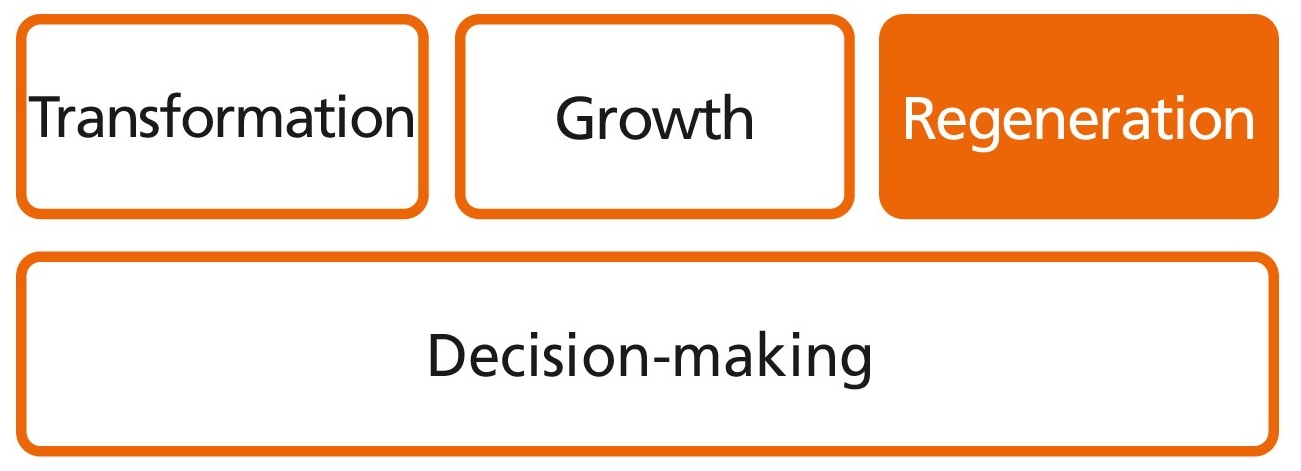Where is this use of data already being applied?
Deutsche Telekom is a telecommunications company. In addition to operating information and communications services, Telekom offers new data-based services. For example, it developed the game app “Sea Hero Quest” together with three research institutions (Alzheimer's Research UK, University College London, University of East Anglia) to diagnose dementia at an early stage with the help of usage data.
Alibaba is primarily a B2B commerce platform. However, the company is using the data generated from its business activities to expand their business model. For example, it analyzes transaction data, social media data and data from other areas related to internet services to better assess customers’ creditworthiness
Airbus’ core business is aircraft manufacturing. In addition, the company has built the “Skywise” platform for interactions between manufacturers, suppliers and airlines.
Vestas is a manufacturer of wind turbines. In addition, the company offers data-based operation of wind turbines. Vestas thus guarantees turbine availability and a specific amount of energy produced. The company is paid for achieving this guaranteed value.
The manufacturer of machine tools Trumpf has also expanded its business model. Customers are offered additional, data-based services, such as the “MobileControl” app, which helps operate and monitor machine tools.



